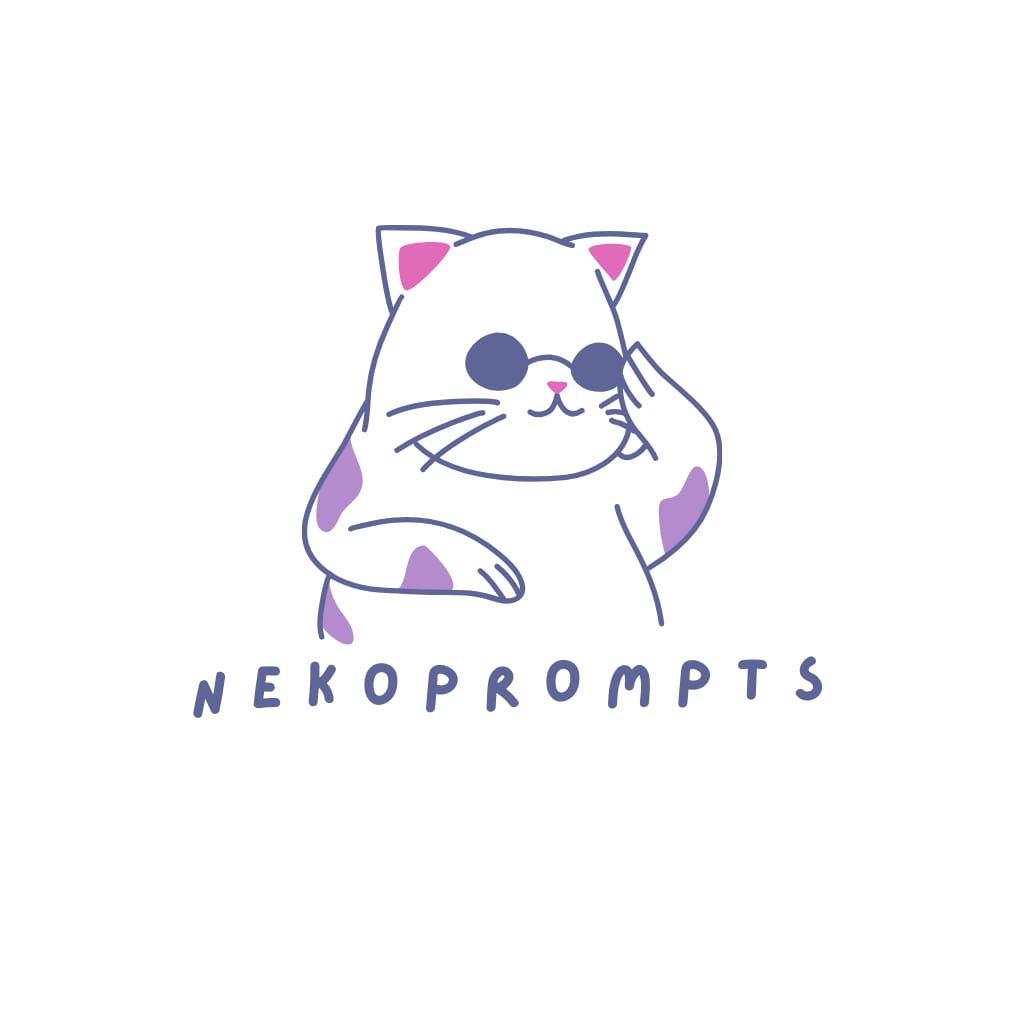Cognitive Load Management Tool
ID: 14394Words in prompt: 172
Comments
Unleash your full potential with a personalized tool designed to evaluate your cognitive load! 🚀 By assessing stress, task complexity, social connections, and tech usage, you'll get tailored strategies like time-blocking 🕰️, deep work techniques 🧠, mindfulness exercises 🧘♂️, and environmental tweaks 🌿. Plus, discover apps 📱 to track and optimize your mental clarity over time. Take control of your focus and productivity today! ✨ #nekoprompts
Created: 2025-01-24
Powered by: ChatGPT Version: 4
In categories: Management
Comments (0)
Here's a clear and actionable tool designed to evaluate your current cognitive load and provide strategies to enhance your productivity and well-being based on your input:
- Stress Level: 8 (High)
Impact: Elevated stress can impair focus, decision-making, and emotional regulation.- Task Difficulty: High
Impact: Demands significant cognitive resources, increasing mental fatigue.- Social Connections: Low
Impact: Lack of interaction can exacerbate stress and reduce motivation.- Technicality Usage: High
Impact: Prolonged screen time contributes to eye strain, fatigue, and mental overload.
- Time Management Techniques
- Time-Blocking:
- Divide your day into focused blocks for specific tasks.
- Example:
- 9:00 AM–11:00 AM: Coding project (deep work).
- 11:00 AM–11:30 AM: Break (light activity or mindfulness).
- 11:30 AM–12:30 PM: Email and task management.
- Tools: Use apps like Clockify.
- Pomodoro Technique:
- Work in 25-minute intervals with 5-minute breaks. After four intervals, take a 15–30 minute break.
- Tools: Toggl Track.
- Prioritize and Delegate
- Prioritization Frameworks: Use Eisenhower’s Matrix to classify tasks into:
- Urgent and Important: Do immediately.
- Important but Not Urgent: Schedule.
- Urgent but Not Important: Delegate.
- Neither: Eliminate.
- Tools: Notion.
- Improve Focus with Deep Work
- Allocate distraction-free time for your most complex tasks.
- Eliminate interruptions by turning off notifications and setting boundaries.
- Create a dedicated workspace with minimal clutter.
- Enhance Social Connections
- Schedule short coffee chats or virtual calls with colleagues.
- Join a community or online forum related to your work to feel connected.
- Tools: Discord for work communities.
- Mindfulness and Relaxation Exercises
- Breathing Exercise:
- Practice the 4-7-8 technique (inhale for 4 seconds, hold for 7 seconds, exhale for 8 seconds).
- Progressive Muscle Relaxation (PMR):
- Tense and relax each muscle group, starting from your toes to your head.
- Tools: Headspace.
- Physical Activity for Mental Clarity
- Take a 15-minute walk outdoors to reset and refresh your mind.
- Try quick desk exercises like shoulder rolls, neck stretches, and leg lifts.
- Tools: Seven.
- Adjust Your Environment
- Use ambient noise or focus-enhancing music to maintain concentration.
- Tools: Brain.fm.
- Ensure proper lighting and ergonomic setup for your workspace.
- Apps to Track Cognitive Load
- RescueTime: Tracks how you spend your time and provides insights into productivity.
- MindBell: Sets reminders for mindfulness breaks.
- Moodpath: Helps monitor your emotional well-being and detect patterns.
- Forest: Encourages focused work by gamifying time management.
- Daily Self-Reflection Journal
- Track your stress levels, task completion, and energy patterns at the end of each day.
- Use templates to evaluate what worked and what didn’t.
- Breathe (2 minutes): Perform the 4-7-8 breathing technique.
- Stretch (3 minutes): Focus on your neck, shoulders, and wrists.
- Hydrate (1 minute): Drink a glass of water to rehydrate.
- Reset Focus (4 minutes): Write down your top 3 priorities for the next hour.
By applying these strategies, you'll reduce your cognitive burden, manage your mental resources effectively, and regain balance and productivity.

 ChatGpt
ChatGpt 
